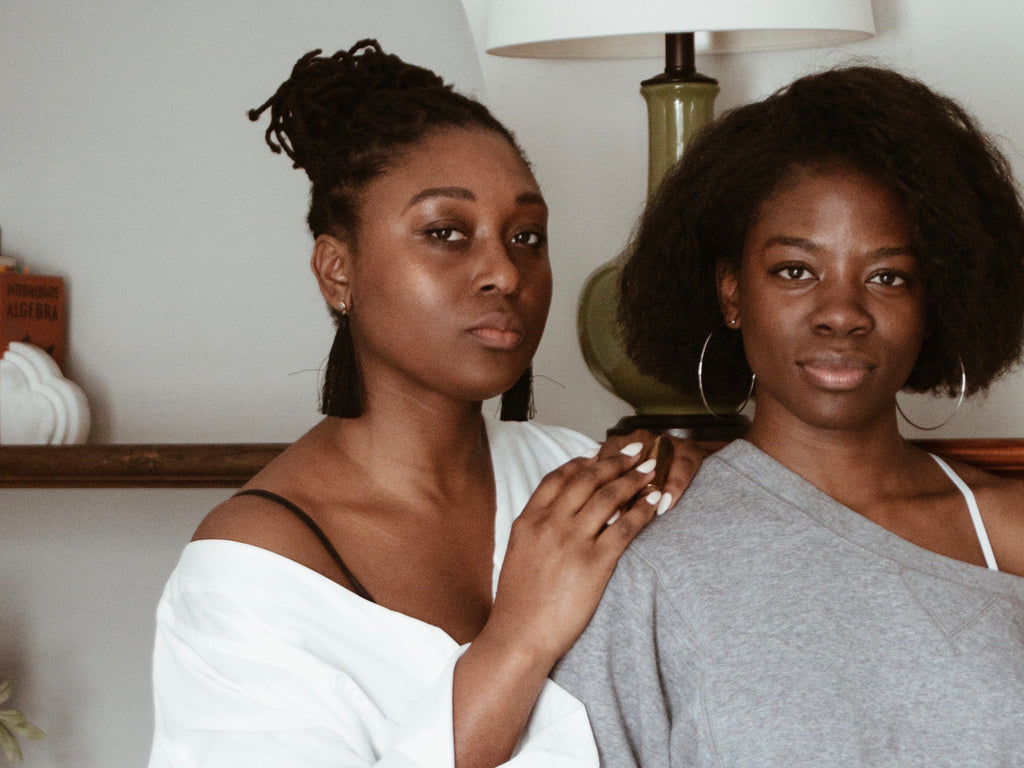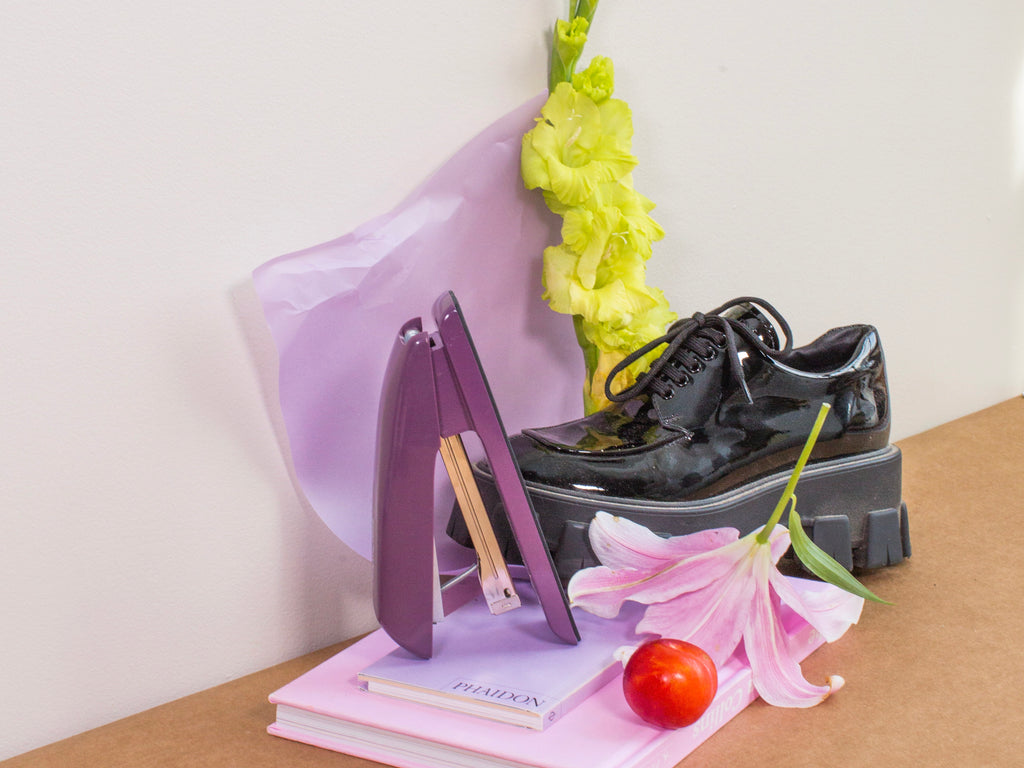Helping Children of Immigrants Feel Seen with @BrownGirlTherapy
The art of affirming bicultural identity to reach an oft-ignored community in Western-centric therapy.
When journalist Sahaj Kaur Kohli transitioned from her longtime HuffPost job to pursue a Master’s degree in Clinical Mental Health Counseling at George Washington University, she casually started an Instagram side project called @BrownGirlTherapy.
What initially began as a creative outlet to keep up with writing ballooned almost overnight. In just 15 months the account garnered more than 127,000 followers representing more than 100 ethnicities.
“Honestly, I started it to connect with more South Asian women who might understand where I was coming from,” said Kohli. “Never in a million years did I think it would grow as quickly as it has.”
@BrownGirlTherapy’s rapid, organic growth might be attributed to the void that Kohli intentionally set out to fill in the Insta-universe: “When making the account, I noticed that there were some mental health platforms highlighting the experiences of the East Asian community. But when I looked for South Asian diaspora platforms, I realized that they were more pop culture or media-focused, and were kind of leaving off the wellness and mental health aspects I felt passionate about.”
As the daughter of Indian, Sikh immigrants, Kohli knew firsthand the internal and external struggles of being a Brown girl seeking therapy. Navigating mental healthcare in her late teens and early twenties left her with a lingering question: “Why do I feel like I’m going up against so much resistance when it comes to taking care of my mental health?”
Later, as her journalism career blossomed and she started working with diverse writers and exploring the power of narrative, her desire to commit to counseling work solidified. “In its own way, [journalism] is comparable to being a therapist because I would ask questions and hold space for people’s stories,” she explained.
@BrownGirlTherapy has evolved since Kohli’s first post wishing a happy Father’s Day to “the immigrant papas” – fathers whose love might have been expressed through uprooting from their homes and working multiple jobs to support their families. The platform slowly began shifting from its sole focus on South Asian perspectives to becoming the first and largest platform geared toward children of immigrants – the wider community Kohli realized the platform resonated with after doing a deep dive into the account’s analytics.
I myself am the child of two immigrants from Pakistan. While I love being Pakistani, I didn’t love coming of age in a predominantly white town; the effects of which led to some underlying insecurities that still rear their heads from time to time in adulthood. Finding Kohli’s work was a breath of fresh air. It was new for me to experience multiple breakthrough moments while reading posts on wide-ranging issues: understanding achievement or affiliation behaviors, setting boundaries, holding space for both cultural pride and frustration, the effects of the scarcity mindset, dealing with dual identities, and more. Her words felt like a hand on my shoulder when I needed it most.
In my own early dabblings in therapy, I maneuvered from one white therapist to the next who could never quite grasp the nuances of the “child of immigrant” experience. I grew tired of trying to explain myself, my culture or my religion only to be served with racist beliefs, oversimplifications or reductive statements. “It’s your life. You should do what you want with it!” they’d say. Genius, I’d think. Why didn’t I think of that?
Though everyone’s environments and life experiences are unique, Kohli notes that children of immigrants are united by distinct common threads. We’re often the “first” in the family to go through certain rites of passage; whether it’s pursuing a career in the arts, going to college, or marrying outside of our religion or culture. We may have entrenched values of collectivism and community that brush up against the United States’ appreciation for unending individualism. We navigate multiple spaces on the daily, resulting in the emergence of conflicting identities that can be difficult to reconcile. Many of us brush off these experiences as part-and-parcel of growing up. In so doing, we “never fully give ourselves permission for self-exploration and self-actualization,” says Kohli.
Therapeutic practices based solely in Western ideology are incompatible with the full scope of the “child of immigrant” experience. As of 2017, a quarter of US children (18 million) were born to one or more immigrant parents. Disregarding the specific needs of this diverse and growing population is “a big disservice,” according to Kohli.
Intergenerational stigma entrenched in immigrant communities can also be a barrier for those who could benefit from therapy. Older generations may perceive therapy as being just for “white people” or, more harmfully, “crazy people.” Because many immigrants leave their homes, move to new countries and build successful lives with little to no financial or social support, counseling may not even appear on their radar.
Thus, when children of immigrants do seek out care, they’re often met with questions and reactions such as, “Why can't you just do it by yourself? Why do you need to turn to someone else for help? I didn't need to, and look what I've done – so you shouldn't have to,” Kohli says. “That narrative is really problematic because it implies that seeking help is shameful. This is why it’s incredible what all these platforms that target immigrant cultures and mental healthcare are doing, it’s normalizing therapy.”
A wave of therapy-focused accounts have been dominating Instagram; instructing our generation on how to emotionally process, care for ourselves and “adult.” Under COVID-19, such accounts have multiplied. Sometimes, I find myself scrolling from one heartfelt graphic to the next with mounting overwhelm.
But Kohli identified a silver lining that shouldn’t soon be taken for granted — a “normalization” of mental healthcare. The notion that we all deserve to engage with our emotional health and explore what it means to be the best versions of ourselves. Therapy can be cost-prohibitive, and the words on these accounts offer a glimpse into self-introspection that some followers may not have access to offline.
Kohli is also the first to say that Instagram is by no means a replacement for a real, therapeutic relationship; one built on layers of trust established through time shared and dialogue exchanged with a licensed mental health professional. As a graduate student still accumulating her supervised clinical hours, she is adamant about maintaining ethical boundaries with her followers. She never provides direct advice, and instead treats the account as a self-help narrative.
However, her dreams for @BrownGirlTherapy’s future hold no bounds. “I’m so humbled by where this platform is right now, and that I have found the thing that I’m probably going to do for the rest of my life,” says Kohli. “I would love for it to be bigger than me and become its own institute or hub. I want to move from online to offline with training, presentations at conferences, and collaborative workshops with other therapists.”
Like the immigrants that shaped her, Kohli is forging a new path ahead and lighting the way with empathy. She hopes other children of immigrants can do the same as they recognize the power in their voice and beauty in their perspective.
“Children of immigrants get to write new narratives and tell our own stories in ways that maybe our parents couldn’t,” says Kohli. “I like to say we have the privilege and the burden of making change and breaking generational cycles.”
This post is tagged as:
You may also like...
The Latest
People & Places
How Ara Katz is Redefining “Self-Care” as Rooted in Science with Seed
The co-founder, mother, and self-proclaimed serial entrepreneur unpacks her philosophy on what it means to be well. Ara Katz hates the word “success”. Not because of its listed definition in a di...
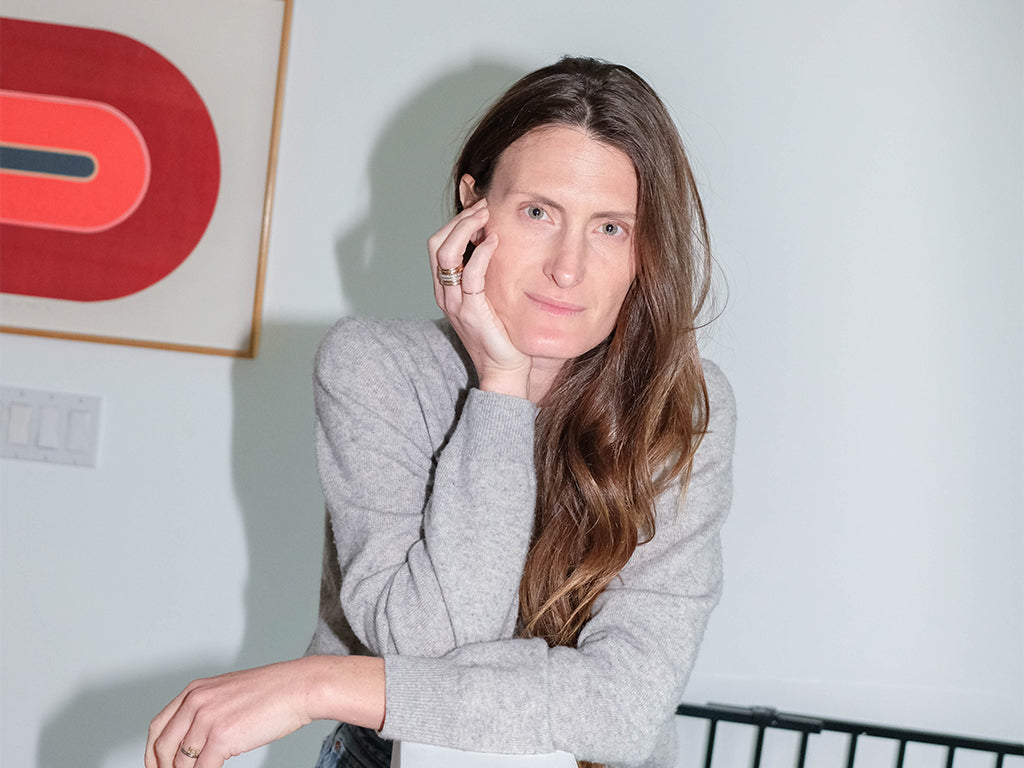
Do Good Werk
9 Passive-Aggressive Email Phrases That Are Basically Evil
A Rosetta Stone for every time you want to :’).
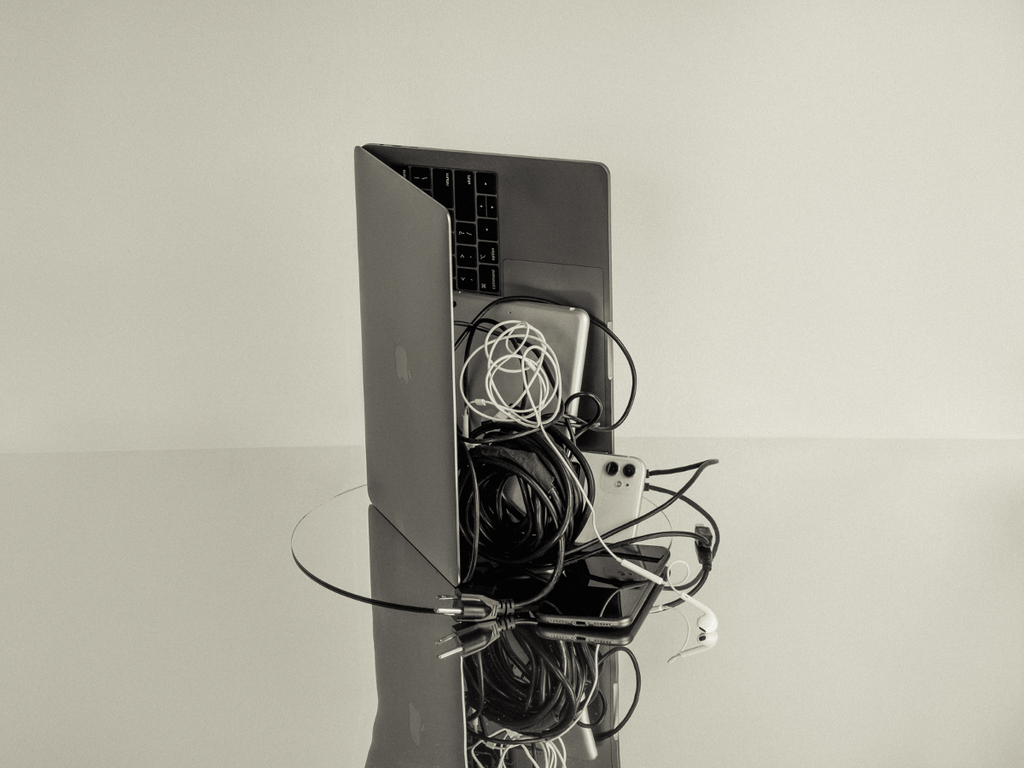
Woo Woo
Get to Know Your Astrological Birth Chart
How to find meaning in the stars — and what it means for you.

People & Places
The 5 Best Places In New York To Meet Your Next Investor
Where to rub shoulders with the city's movers and shakers.

Do Good Werk
10 Unhealthy Thoughts You Convince Yourself Are True as a Freelancer
If you work alone, you might be particularly susceptible to distorted thoughts that hurt your mental health.

People & Places
Creating a Conference-Meets-Summer-Camp for Adult Creatives
An interview with Likeminds founders Rachael Yaeger and Zach Pollakoff This past September, I sat in front of an obituary I wrote for myself after a session with a death doula. No, I didn’t know w...
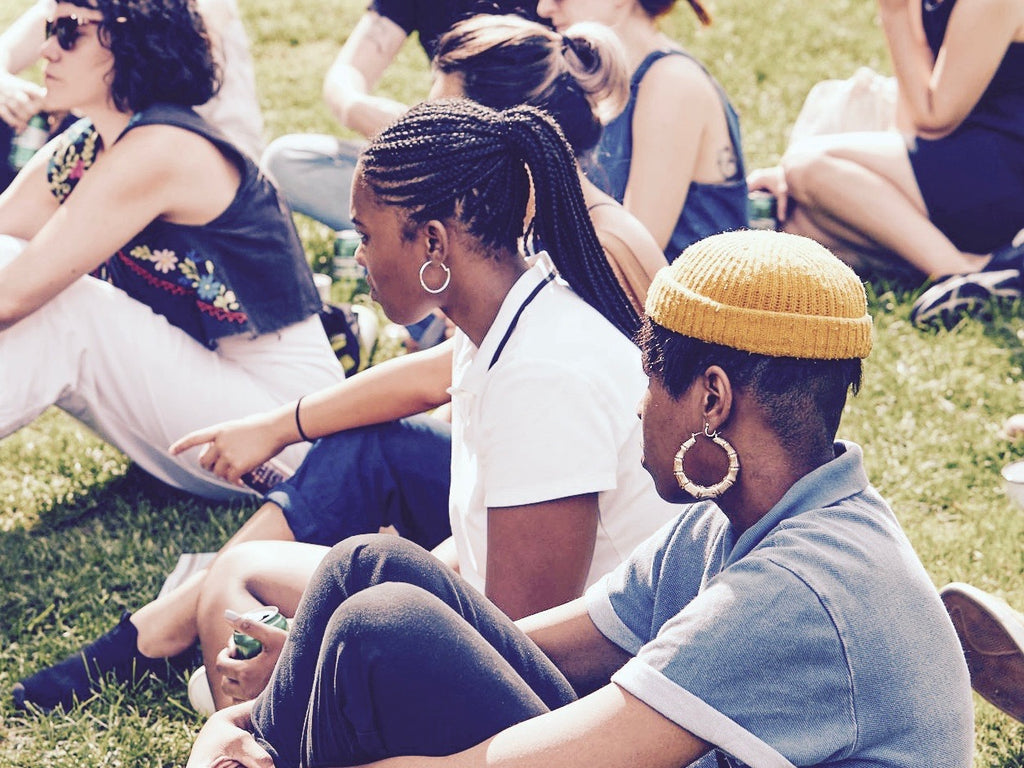
People & Places
When Something Golde Stays: An Interview with Golde’s Co-CEOs
“For us it was never a question,” says Issey Kobori, speaking of the decision to build a business with his partner Trinity Mouzon Wofford. At just shy of 27, Kobori and Wofford have secured a host ...

Better Yourself
Are They Toxic? Or Are They Human?
There’s a difference between putting up boundaries and putting up walls, and the latter is what breaks relationships.

Do Good Werk
How To Combat Seasonal Affective Disorder At Work
Here’s what to do if seasonal affective disorder starts to take a toll at the office.
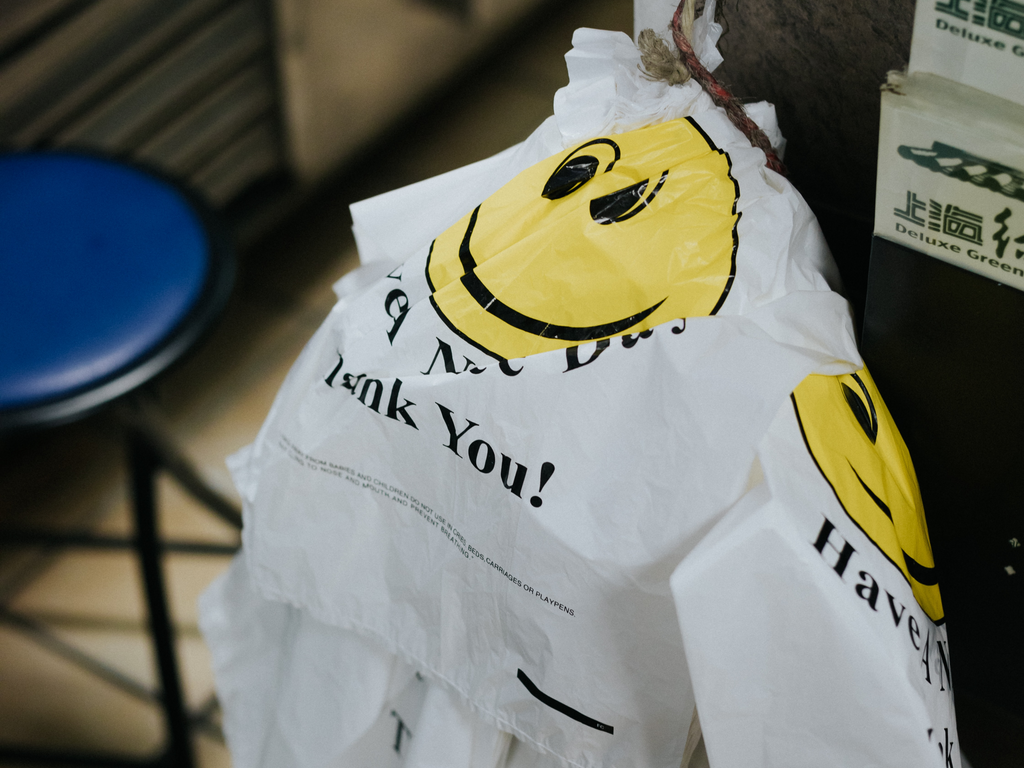
People & Places
Reclaiming Womxn's Wellness Spaces from a White-Dominated World
How The Villij built a collective that their community can connect to.
